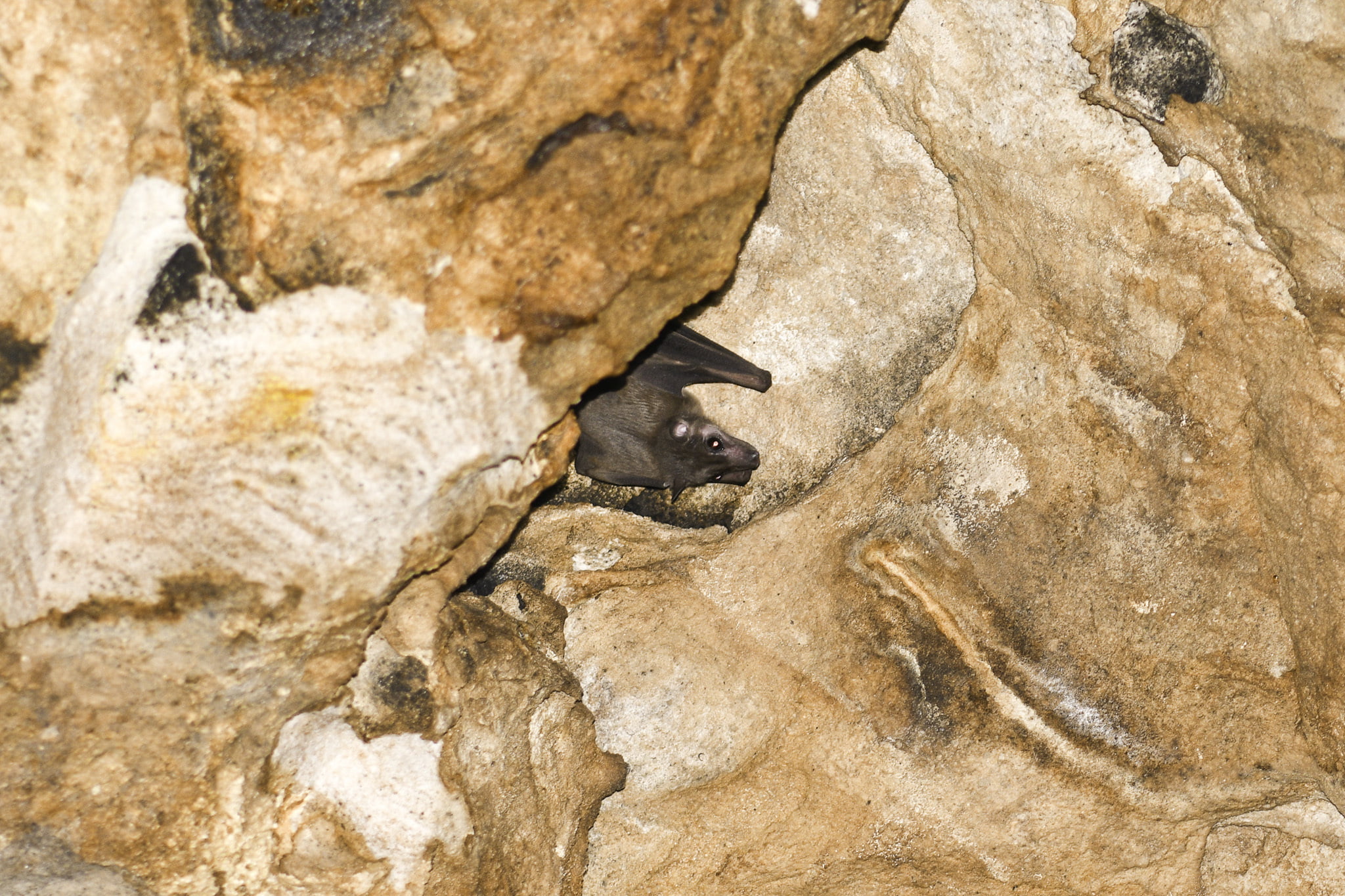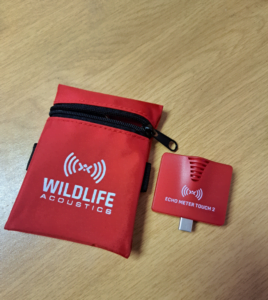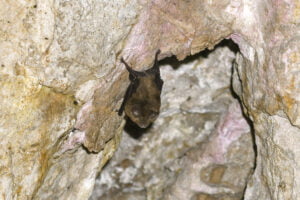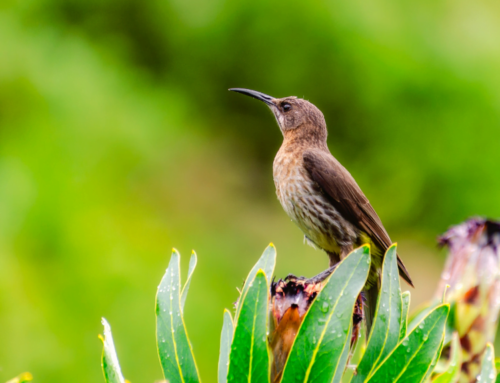Written by Luke Foster, Intern: Zoarvlei Section
Imagine being the only mammal that can fly, navigating the darkness with pinpoint precision using echolocation. Now, imagine your extraordinary abilities inspiring not only groundbreaking technology like sonar but also one of the most iconic fictional characters of our time, Batman. Today is International Bat Appreciation Day (17th April 2024), so let’s explore the wonderful world of bats.
So what exactly are bats? They fall under the mammal order Chiroptera, which translates from Greek to “hand-wing”. Their wings are formed from a thin membrane of skin which stretches over their long elongated finger bones which allows them to generate lift and perform aerial manoeuvers. This does however mean that most bats are unable to take flight from the ground and require gravity to assist with “take-off”. They roost hanging upside down with enough space between them and the ground to be able to drop and spread their wings before colliding with the ground or vegetation.
They are mainly nocturnal and hunt using echolocation. Echolocation is done by emitting high frequency sounds and then interpreting the echoes that bounce back to determine the positions of obstructions and more importantly prey. They share this ability with other species like dolphins, whales and some birds. Echolocation has inspired technologies like sonar, radar and lidar, these breakthroughs have played a significant role in recent human history and technological advancement.
Remarkably, there are 1400 species of bats, which constitutes 20% of all mammal species (South Africa is home to 130+ species). They come in all sizes, from the bumblebee bat which can weigh only 1.5grams, to the flying foxes with 6 foot wingspans. Their diet varies between species but most bats (70%) are insectivores. Some rely on fruits or nectar, and others are carnivorous, while the vampire bats from the Americas feed exclusively on blood.
With such a wide array of species, bats play important ecological roles and are pollinators for many flowers, some of which only bloom at night. The ability of bats to fly long distances helps plants that are potentially isolated or widely dispersed. The fruit eating bats are important seed dispersers, while the insectivorous bats are voracious predators, acting as a natural pest control by controlling insect populations and reducing crop damage, and in some cases the spread of disease. Bat guano (faeces) is rich in nutrients thus making it an effective fertiliser and contributor to ecosystem nutrient cycling.
Some interesting bat facts:
- The oldest recorded bat is known to have reached the age of 41
- Bats are able to hibernate during harsh winters (species from temperate regions), while others migrate to areas with more favourable conditions/food.
- Some bats use delayed fertilisation which means the female stores sperm until the right time (e.g. after hibernation)
- Bats are not blind, contrary to popular belief
- The Brazilian free-tailed bat holds the speed record for bats, which is 160 km/h – notably this was during level flight, which means it is also faster than any bird species, making it the fastest powered flier on Earth.
The main threats to bats are climate change, habitat loss, pesticides, diseases, and recently the development of wind farms. Although certain species have adapted to living in urban areas and making roosts within buildings, not all are able to and thus diversity declines as human settlements expand. Bats are also susceptible to persecution from humans as they are often considered pests and are wrongly blamed for the spread of many diseases and viruses.
At Nature Connect we have recently acquired an acoustic detector, the Echometer Touch 2, which we are using to perform acoustic monitoring of bat species on our Nature Care Fund sites. This will help us better understand what species are present on the sites and help us raise awareness about the importance of bats. The detector is able to pick up frequencies that are too high for us as humans to hear and then detect what species it is, according to its uniquely sequenced “song”. Bats are surprisingly stealthy fliers aided by the darkness and their lack of sound, which makes a device that can alert humans to when bats are nearby a very valuable tool for species monitoring.
Bat boxes can be a great way to provide bats with a safe roosting site if you know they are present in the area at night, but first ensure that you follow the guidelines to give them the best chance of roosting success.
If you are interested in learning more, you can find more information about bats in the links below:
- Bat interest group based in Gauteng: www.batsgauteng.org.za
- Bat Conservation International: www.batcon.org
- Bat houses: https://www.batcon.org/about-bats/bat-gardens-houses/
- Bats without Borders: www.batswithoutborders.org
- Inside Bracken Cave: Live video inside Bracken Cave in Texas, home to 20 million Mexican free tailed bats. Viewing point of Bracken cave.
- The world’s largest mammal migration (fruit bats) in Kasanka National Park in Zambia
- Echometer Touch
- Egyptian Rousette Bat
- Horseshoe Bat
- Horseshoe Bat
`Photos by Peter Swart – Observations · iNaturalist










